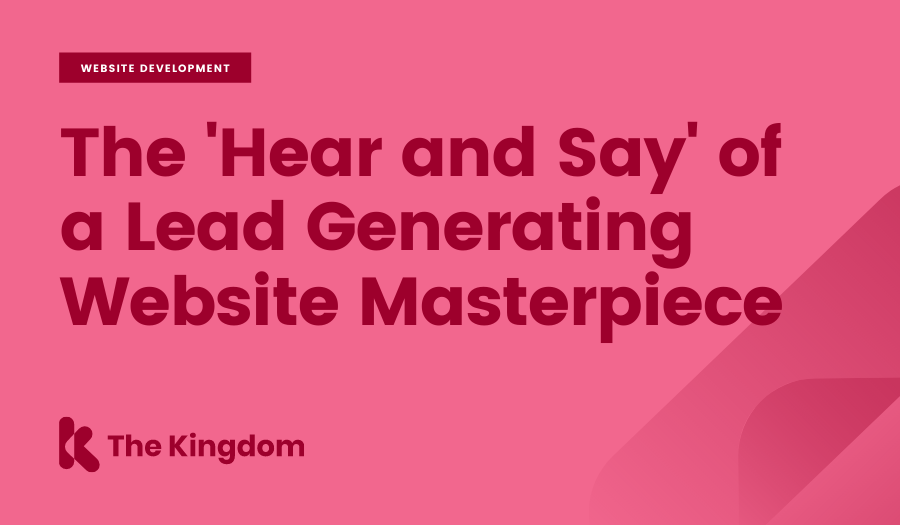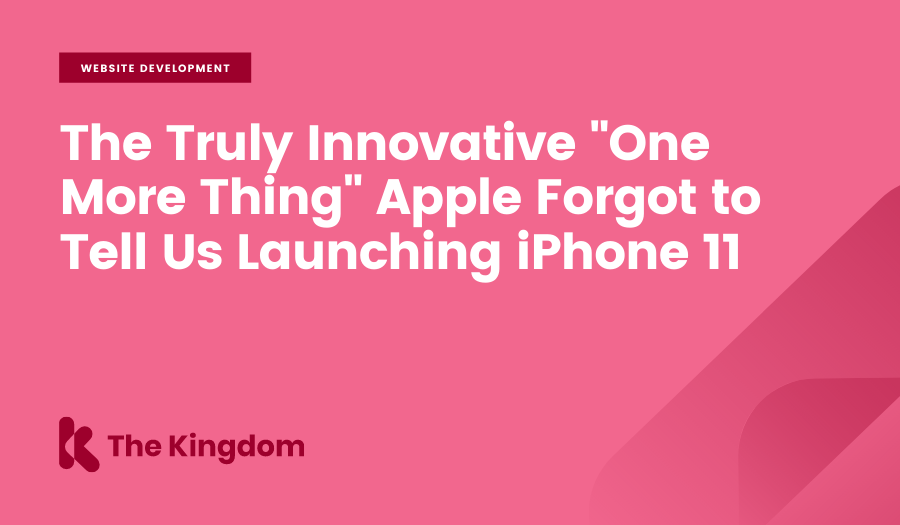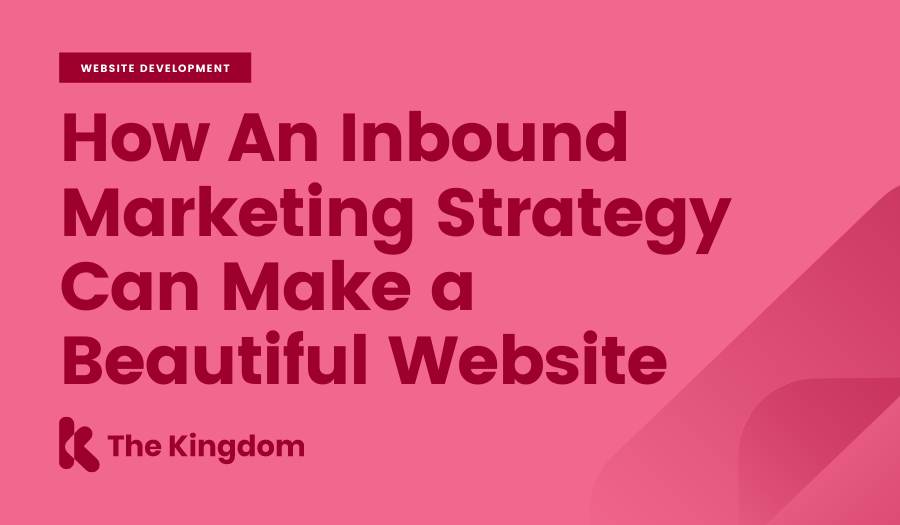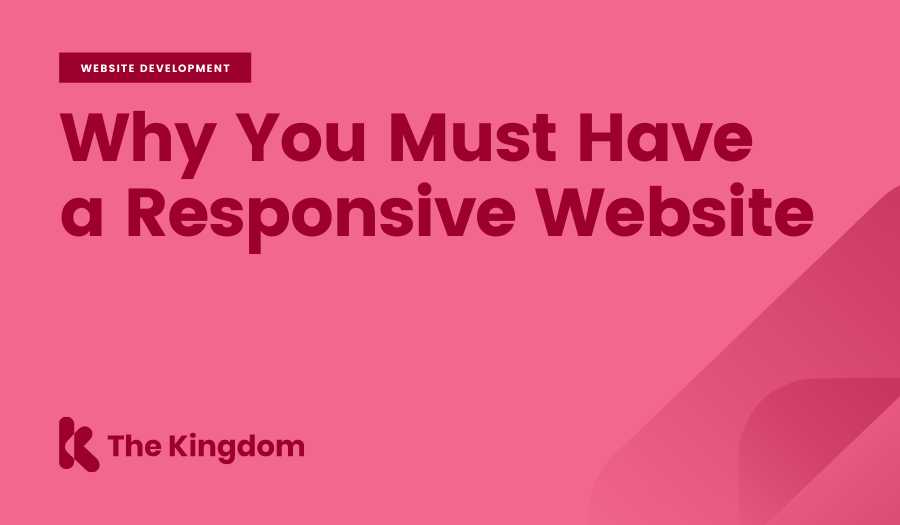
Is your website about you or about how you help can help your customers?
Effective Web Design Is All About Hear and Say.
Are you saying what you want to say on your website, or are you saying what your customers want to hear? It sounds obvious, but there is a big difference.
Many websites are created to "show off" a business, rather than add value to the prospects visiting.
86% of consumers stated that using a search engine allowed them to learn something new or significant that helped him/her increase his/her knowledge. (Pew Research Center, Search Engine Use 2012)
The Hear-Say Intersection
Think of your website like a big Venn diagram. One circle is what you want to say, the other is what your customers want to hear.

The more the content on your website that speaks to what your visitors want to hear, the better your website is functioning. It's that simple.
Your website content should aim to exist on this intersection.
So, how can you tell if your site is created for you and not for your visitors?
As an inbound marketing agency, we reveal what we have learned with a free 7 point web audit to see if your website is all about what you want to say, or what your customer wishes to hear.
1. Are you providing solutions to your customer’s problems?
With the power of Google at their fingertips, prospects are only interested in what is in it for them. If consumers don't get the answers from you, they go right back to Google and search again.
Compelling communication is more important than ever. Focus on how you can help your customer, and say what they want to hear every time.
Action: Be a customer on your website. Navigate it, try to buy, learn, act. Make a list of every roadblock you hit and fix it.
2. Is clunky, dated design getting in the way of the answers?
We've all experienced the frustration of navigating through a clunky, outdated website. You hate it, and if you have a choice, you re-Google.
There are plenty of websites, typically big corporate sites, that are made on an old and outdated content management system. It's time to change.
I think of banks and annoying, statutory businesses that we somehow are forced to use. (Paying parking fines on mobile!! Grrrr!)
People no longer have the patience to put up with dated technology. Time to ditch the old website and bring in a fresh, new start that helps your customers.
Action: If your site technology is more than 18 months old, time to renovate—for your future customer's sake.
3. Are you providing your content in a mobile friendly way?
How can your customers hear what you are trying to say if your website does not work well on mobile?
Mobile is dominating, and you need to have your website ready and operating smoothly on mobile.
A study by Google showed that 61% of mobile users will return to Google to find something easier to read if they can’t find information on a site right away.
How does this look?
Your site needs to have easy to navigate menus, big buttons, and large fields. The removal of all complexity is vital to the health of your website.
Mobile commerce will account for 24.4% of overall e-commerce revenues by the end of 2017 (ABI Research). Will you be ready?
Action: Gather up all the different devices in the office and have their owners compete to see who can find the most bugs in the mobile design of your site.
4. Are your awards blocking customer access to the stuff they want?
Prospects don't necessarily wish to buy from the most awarded, remarkable business that talks about itself all the time. Customers want to buy from the company whose website builds trust through answering their questions.
Bottom line is, are you talking about how great you are too much? It's not different than meeting a new person in a bar and spending all the time talking about you. It fails.
Awards are great, but if they are getting in the way of helping your customer, then the awards mean nothing. It can result in the visitor leaving and going back to Google.
Action: Revamp your award pages and use them to explain how your awards help your customers. What doors do your awards open? Why are you now a better organisation for the visitors' needs?
5. Do you have too many pretty pictures and fancy gimmicks?
Customers love a good experience on the web, but that needs to not be all about the graphics and beautiful pictures. Your site needs to have helpful content that can build trust.
It's about how easily they can get to the answer they are seeking.
If you make it hard to get that answer, sure you might get a "wow" – but it will be closely followed by "OMG, soo annoying!"
42% of offer-related graphics on landing pages are not clickable (MarketingSherpa).
Action: If your graphics are getting in the way of the message and the navigation to the answers your customers want, then ditch the fancy stuff (Think Ebay, Google, Amazon).
6. The website that never changes
How often should you be changing your website – weekly, monthly, annually? The answer is daily. Or, at the very least, weekly.
Do you have 1000 pages of content, 100 pages of material or less than 30 pages?
Every question you encounter is an opportunity for a new web page, and another fresh search hit.
Increasing the number of your web pages will help you get found by the search engines.
Businesses with websites of 401-1000 pages get 6x more leads than those with 51-100 pages (HubSpot Lead Generation Lessons from 4,000 Businesses, 2011).
100 pages should be your minimum goal. Think of it in this manner: you're throwing 100 needles in a haystack, rather than 10.
So, what do you write?
Help your customers with content that comes from the coal face experience. A salesperson in your organisation will probably have 50 different stories that are repeated day in and day out. Use this content to help your customer with their questions.
7. Is your website doing anything valuable for you?
Having a website needs to be a business tool that provides a fair exchange for you and your customer. It's a business tool that you use to grow and generate leads for your business. In return, prospects get the information they need to trust you.
If your Venn circles are matching with a decent size happiness zone, that is great, but you need sales and leads to keep the revenue flowing. Marketing automation software, like HubSpot, turns your website into a lead generating machine.
Marketing automation has seen the fastest growth of any CRM-related segment in the last five years (Focus Research).
Do you have the software to know who is on your website? Are you able to track your leads and know who is coming to your site?
Gartner Research estimates a 15% savings on creative production with marketing automation.
Let’s explore this a little further: Do you have automated workflows and analytics that are easy-to-use? Are you able to harvest closed-loop reporting information to understand how your advertising is working? Is your inbound website marketing strategy defined and implemented? HubSpot gives you all this.
To get your website generating leads and sales opportunities, it is a dynamic improvement to have an inbound marketing strategy that guides the customer on a buyer's journey.
Inbound marketing means leading them down the funnel to a position where they trust you and are willing to do business with you.
This is the essence of inbound marketing: getting the two circles to intersect in a way that provides you leads and everlasting business happiness.
Action: Create an inbound renovation plan for your website and investigate the power of Automated marketing software. It is a booming segment for a reason—it works.
If you would like to learn more about how an inbound marketing strategy can make your website more interesting to your customers sign up for our free Inbound Marketing Assessment. It takes just 15 minutes and you'll get at least 10 ideas to gain more leads. 



